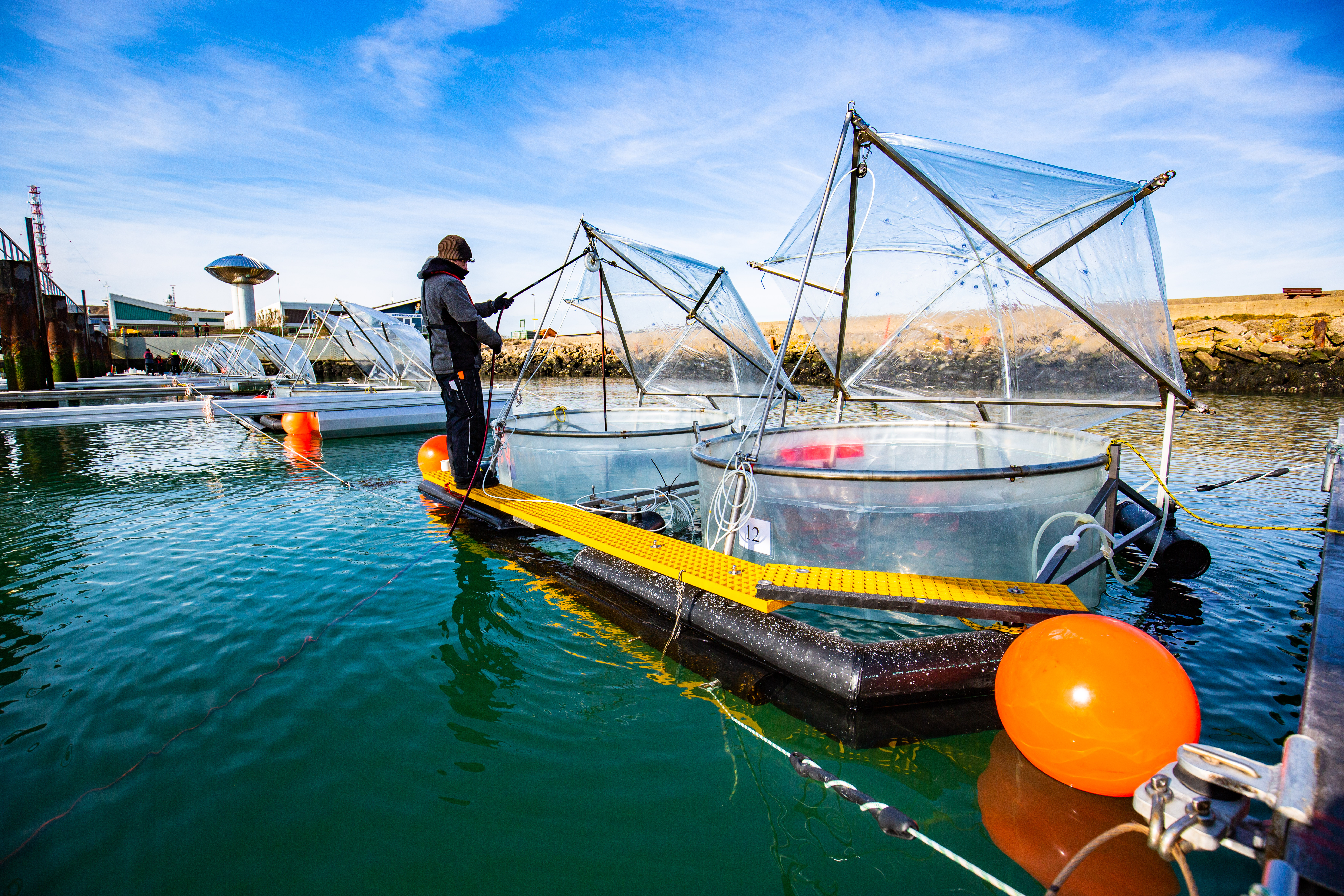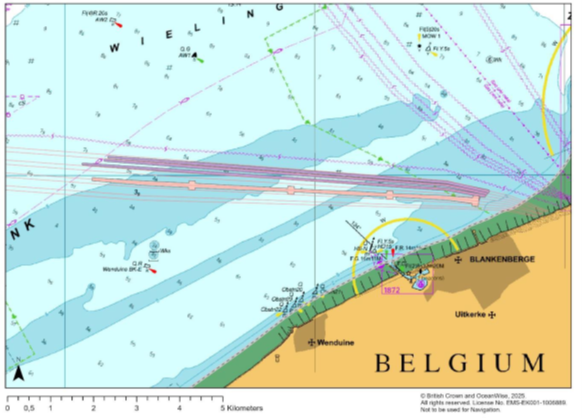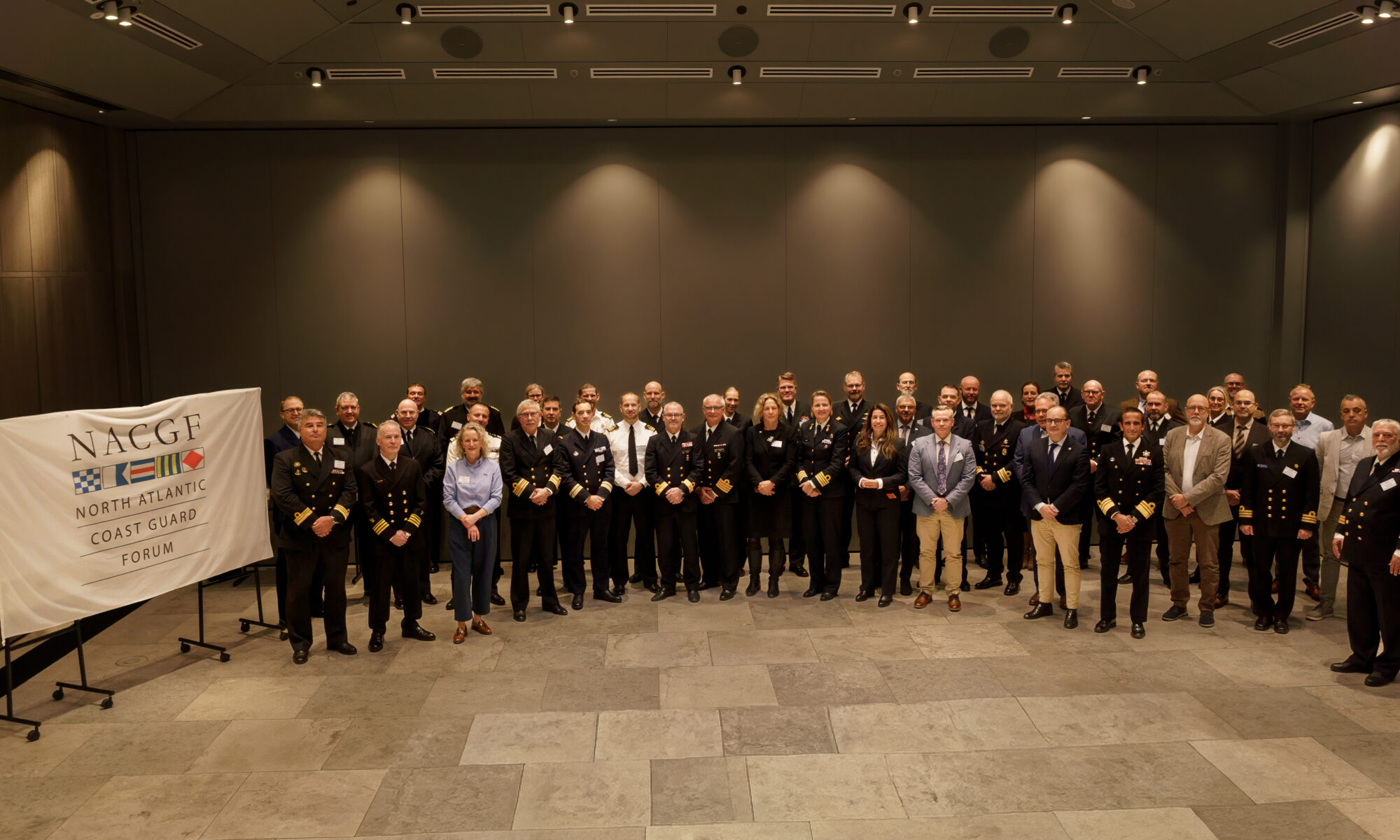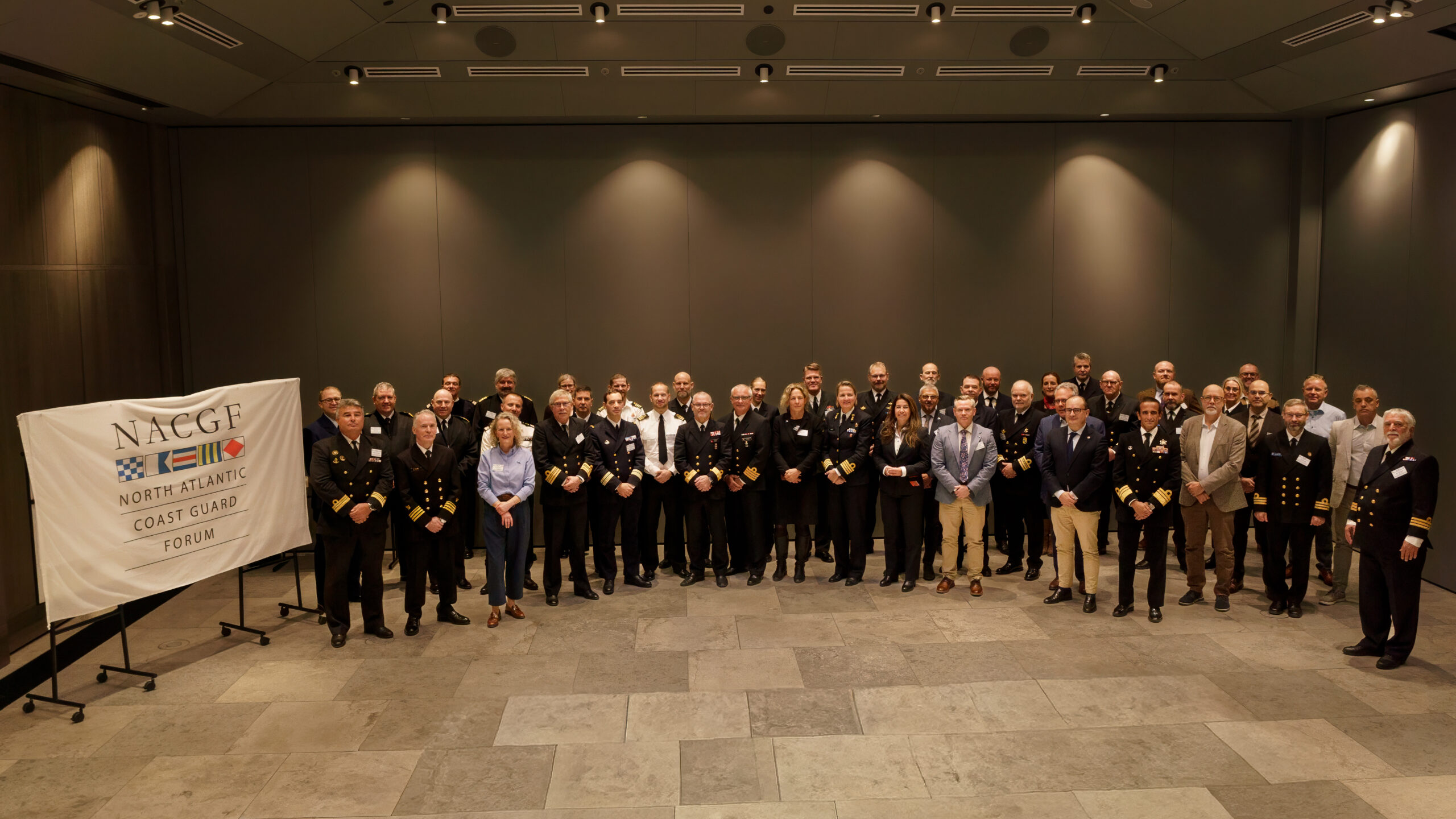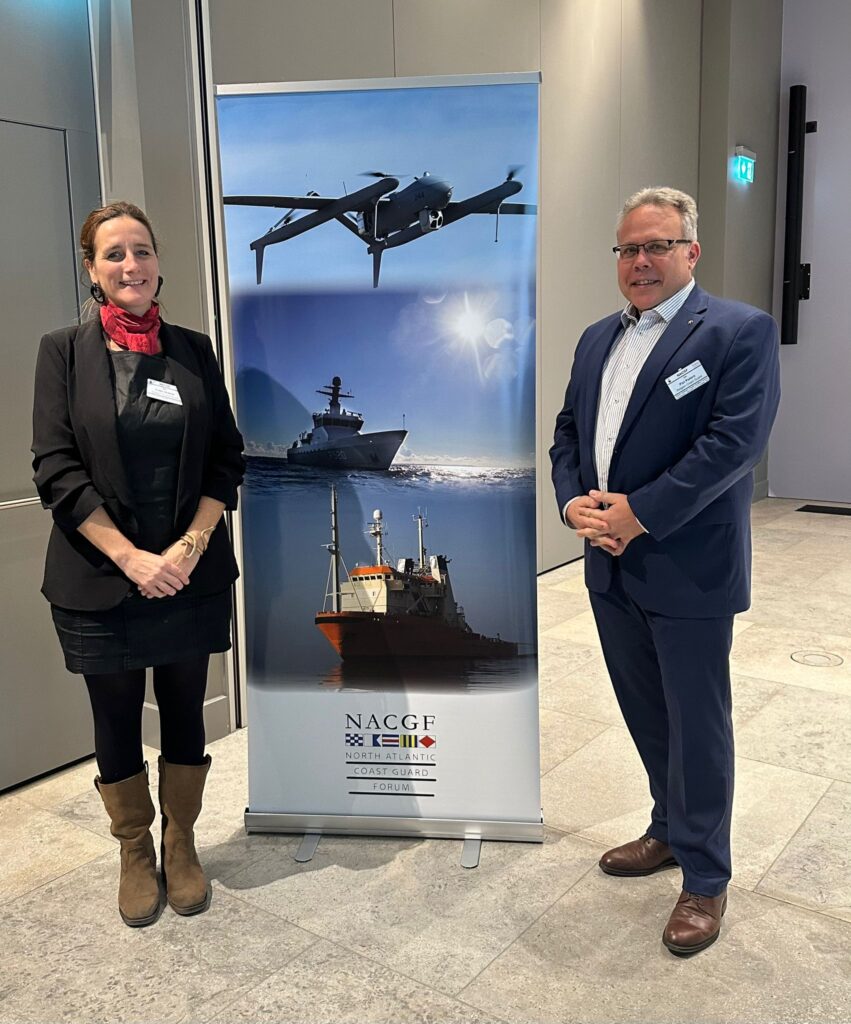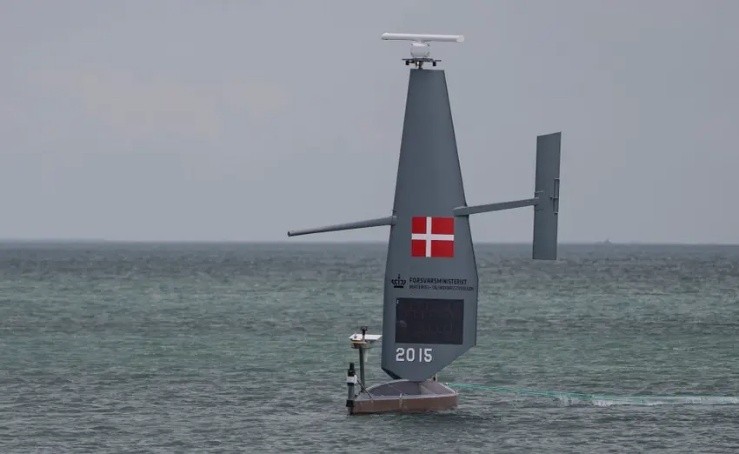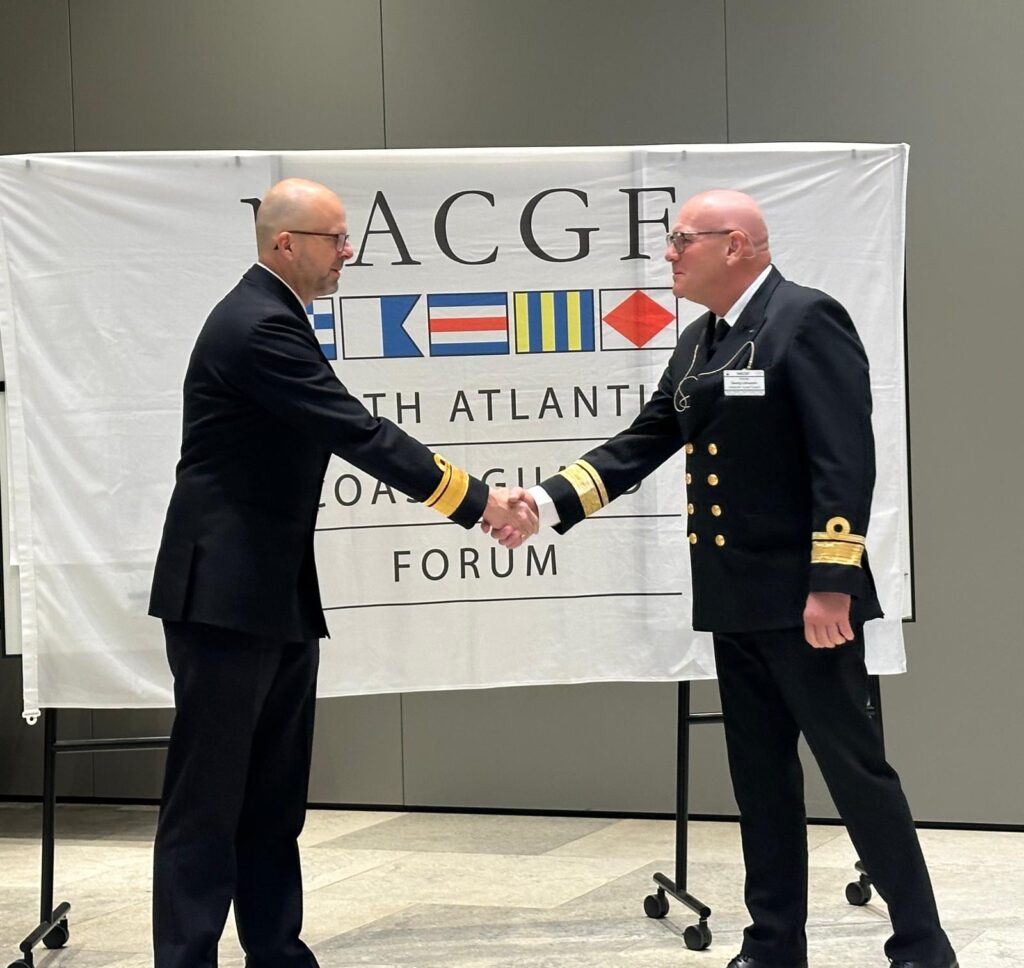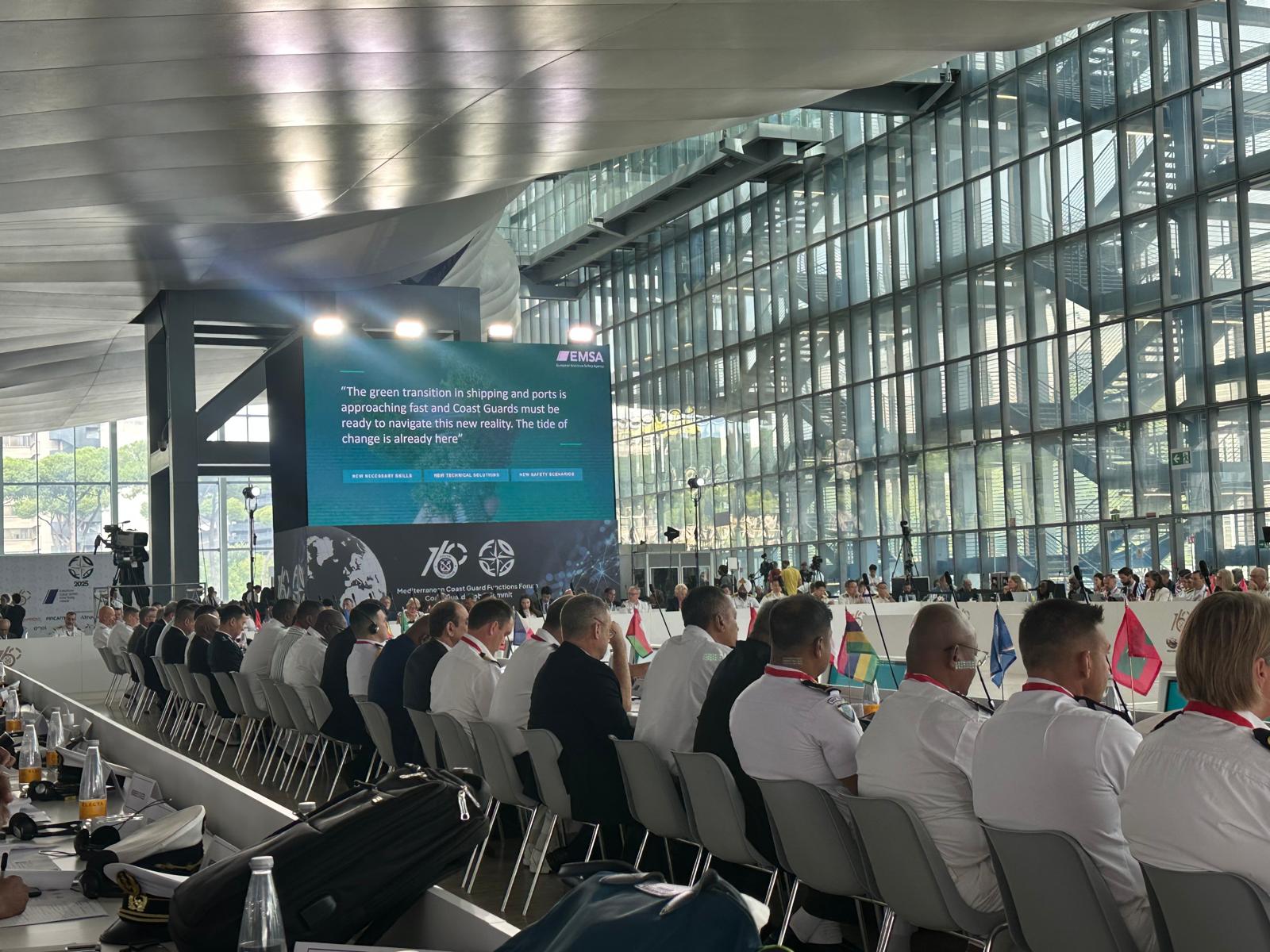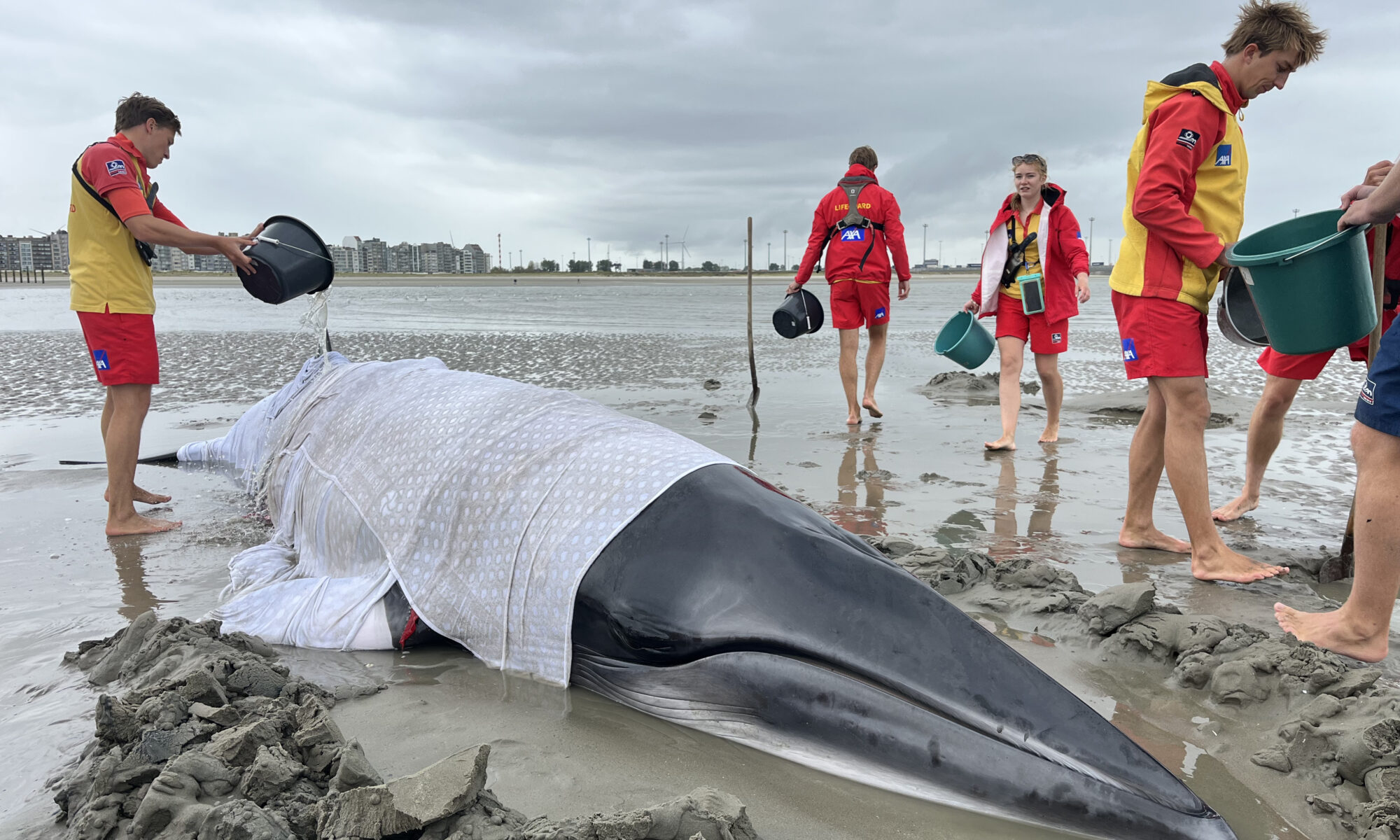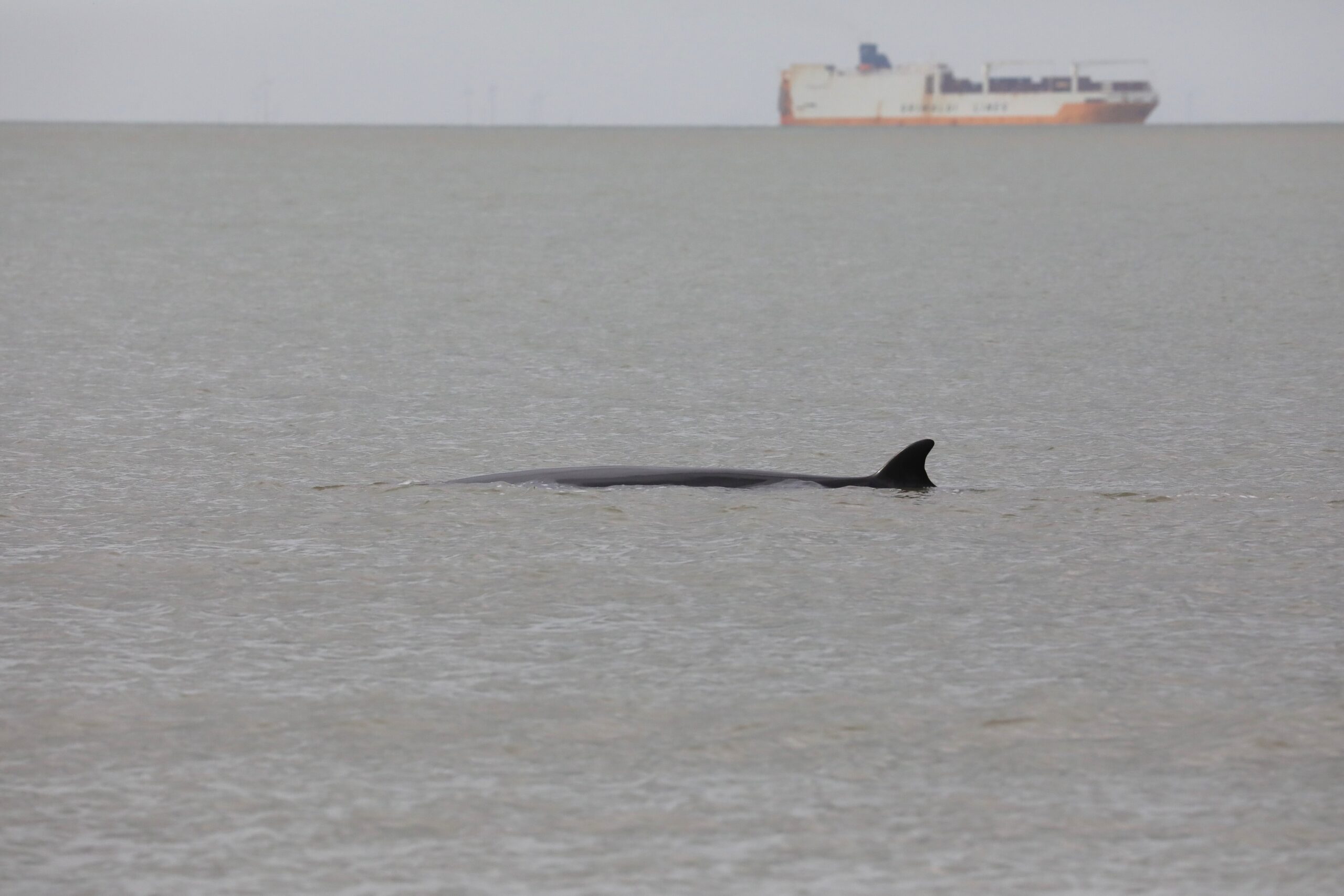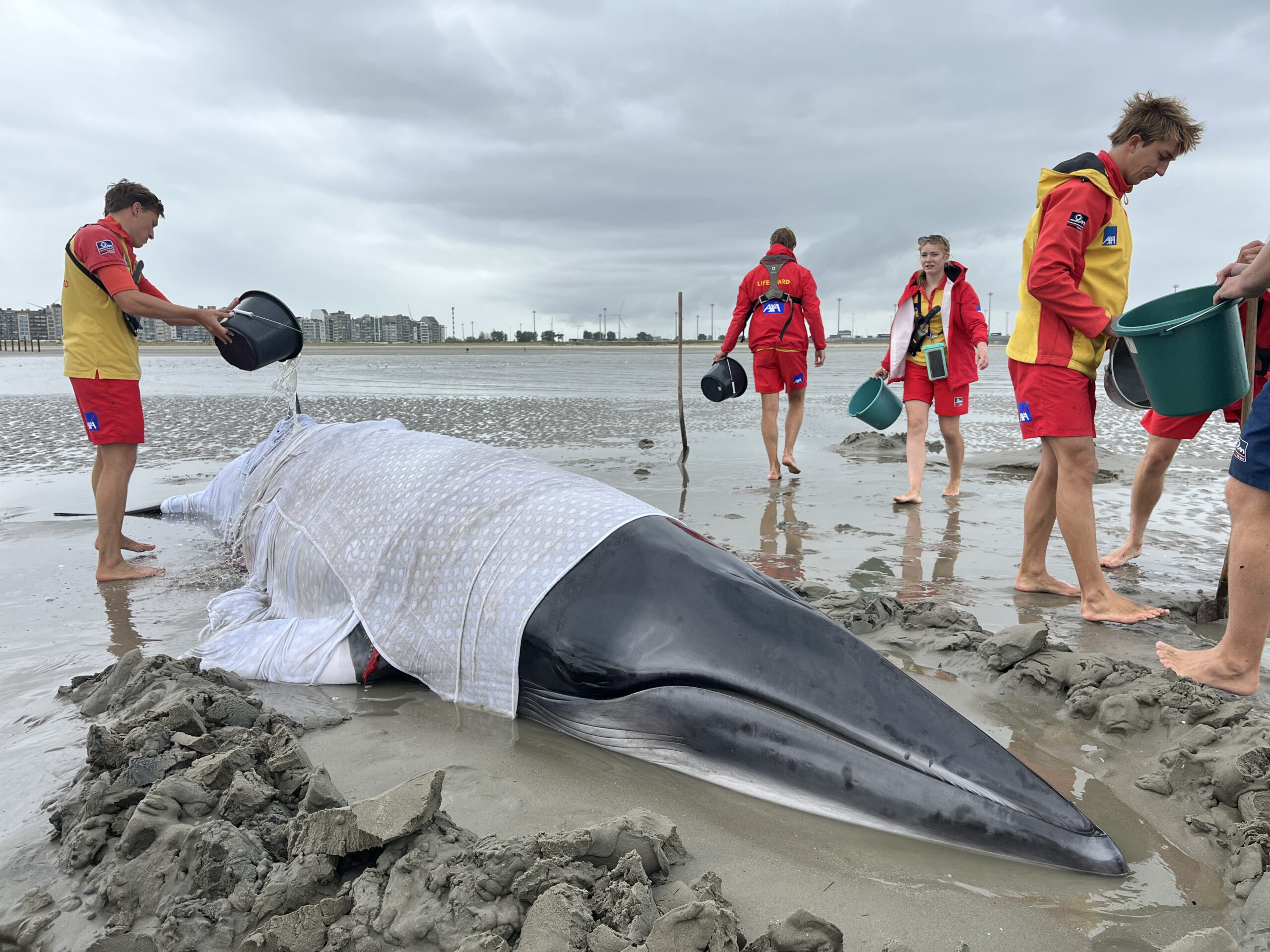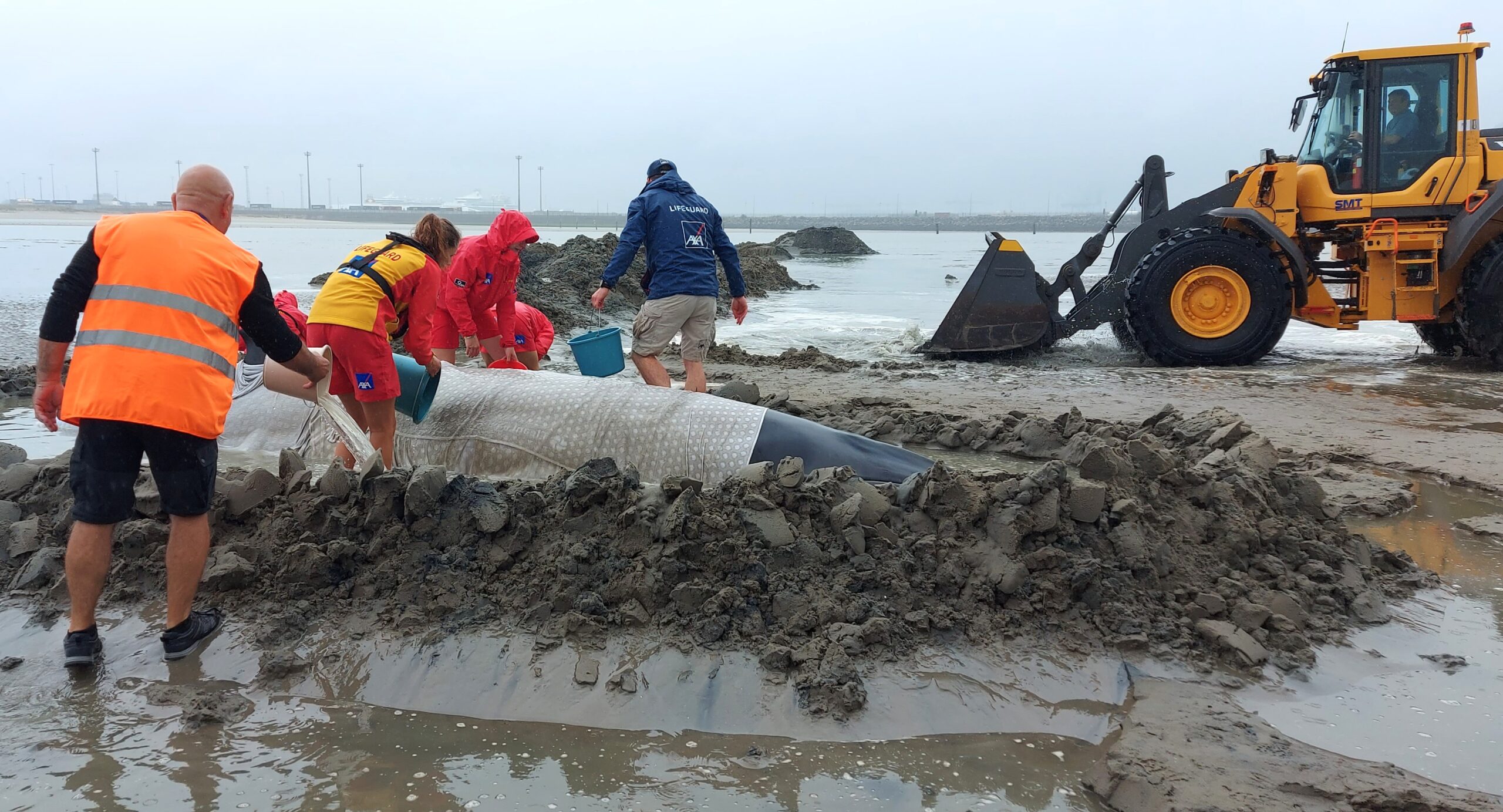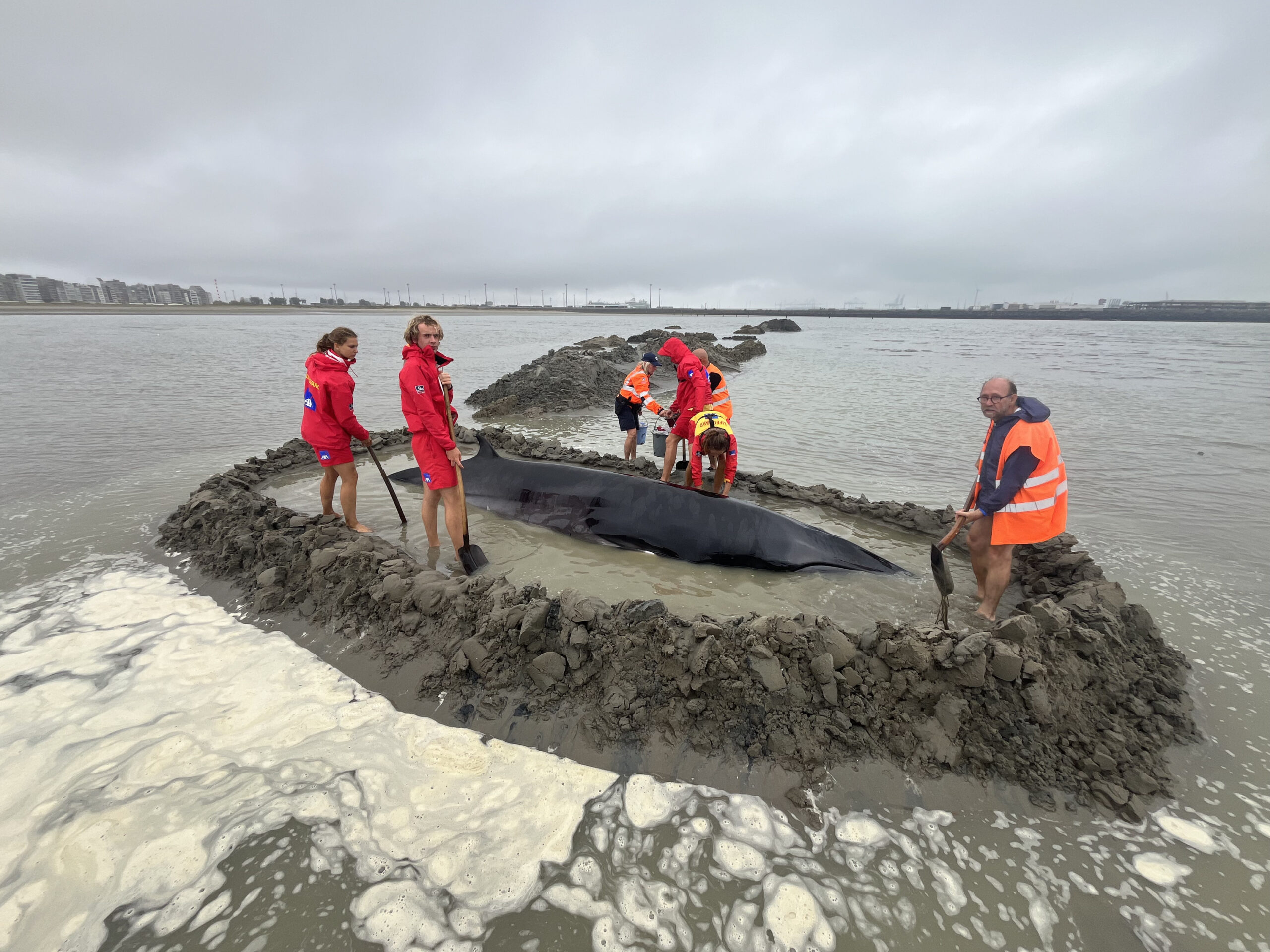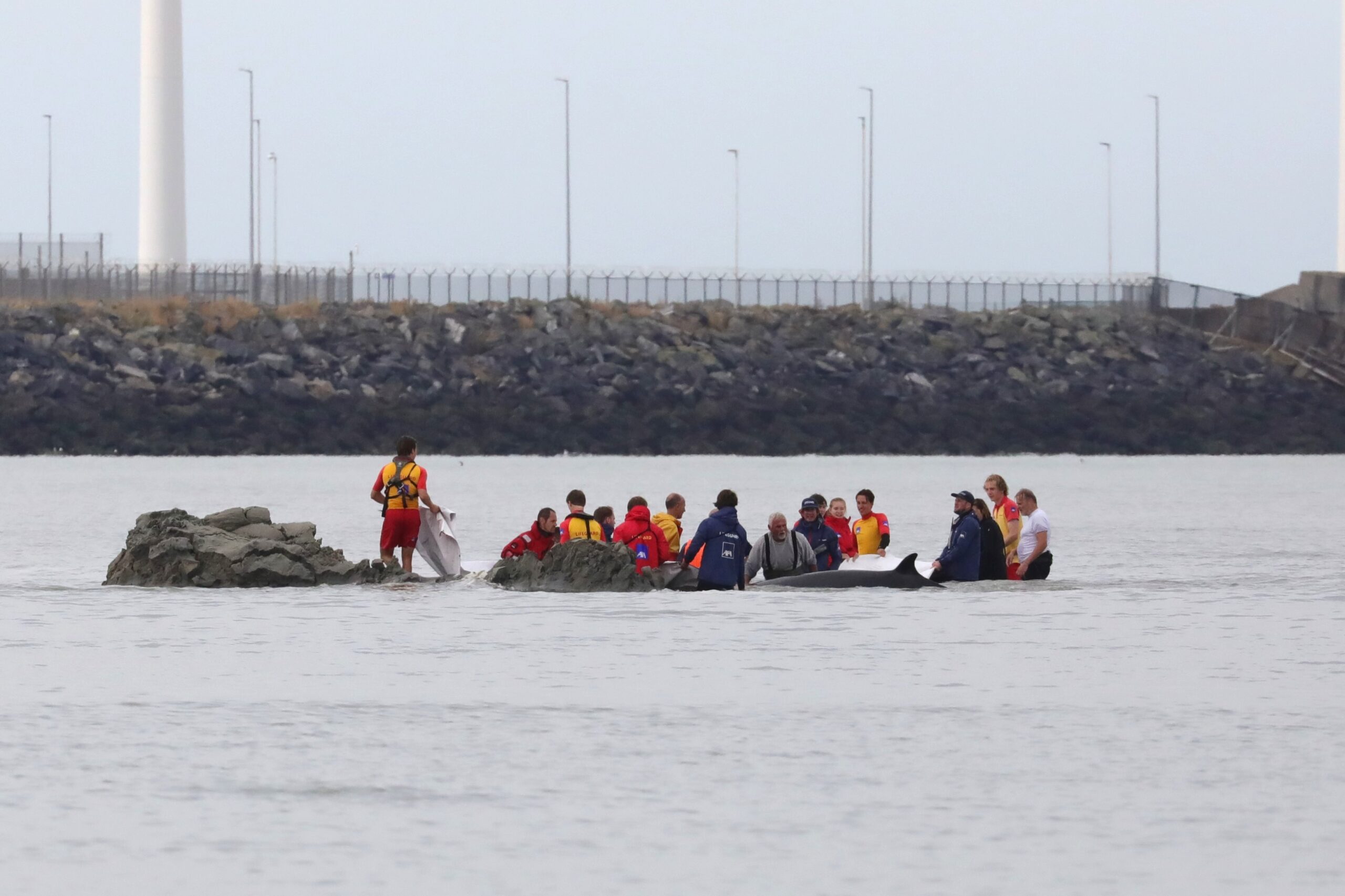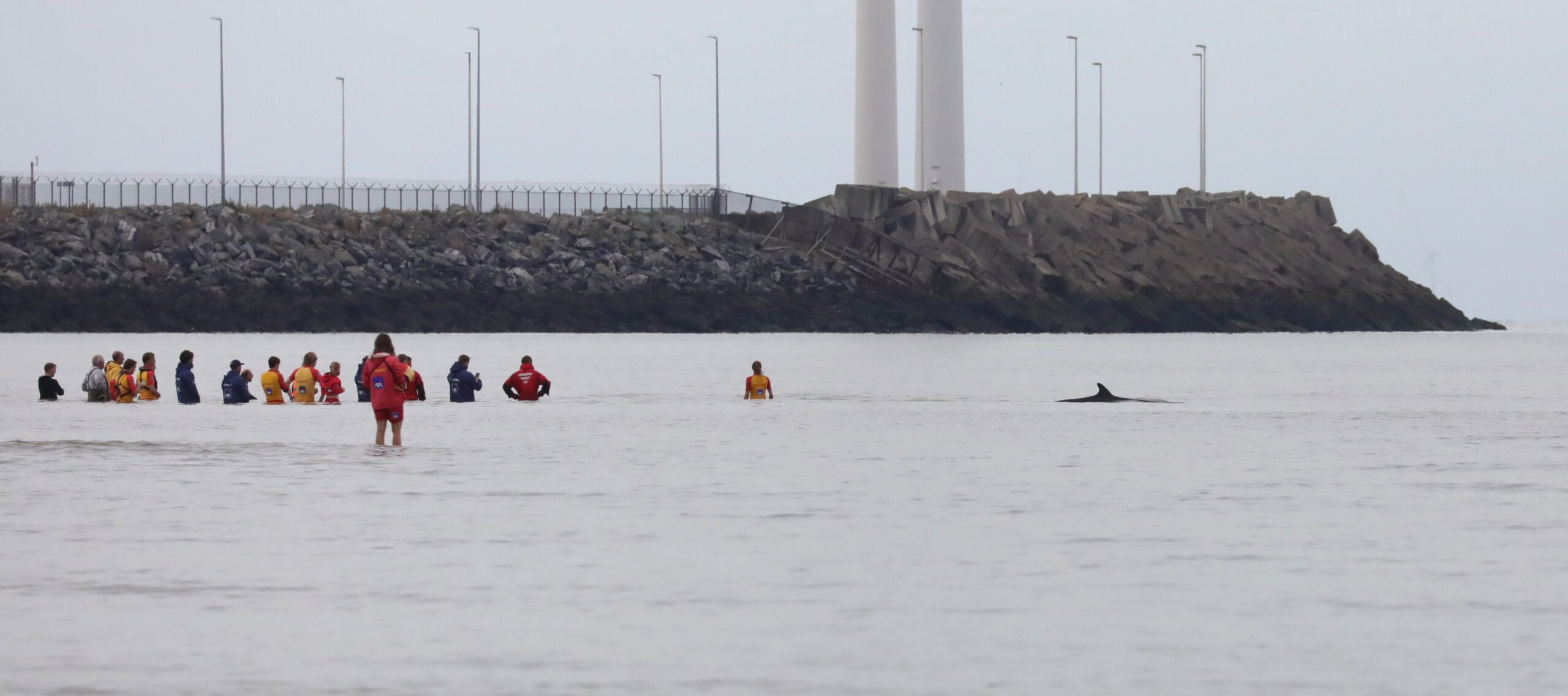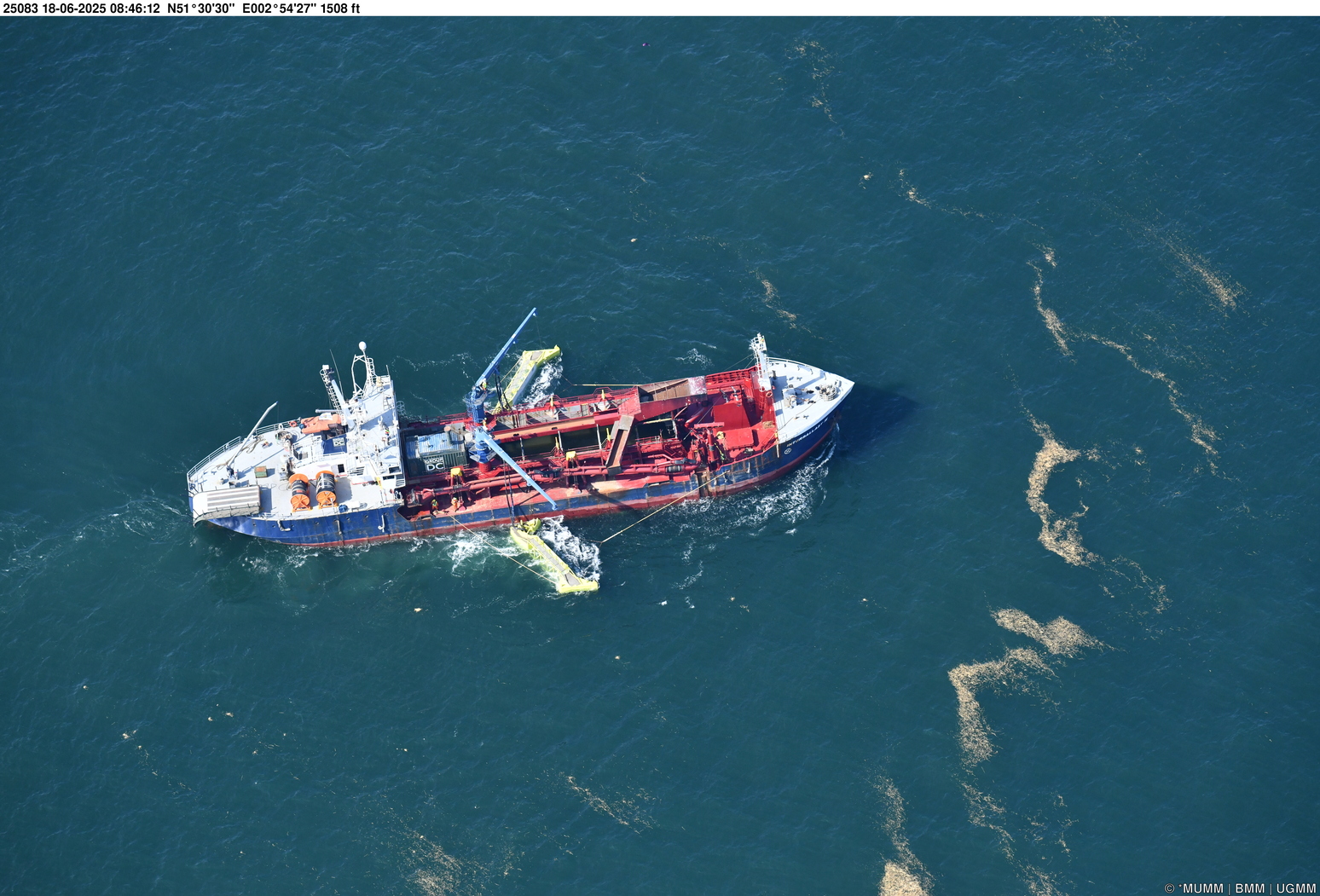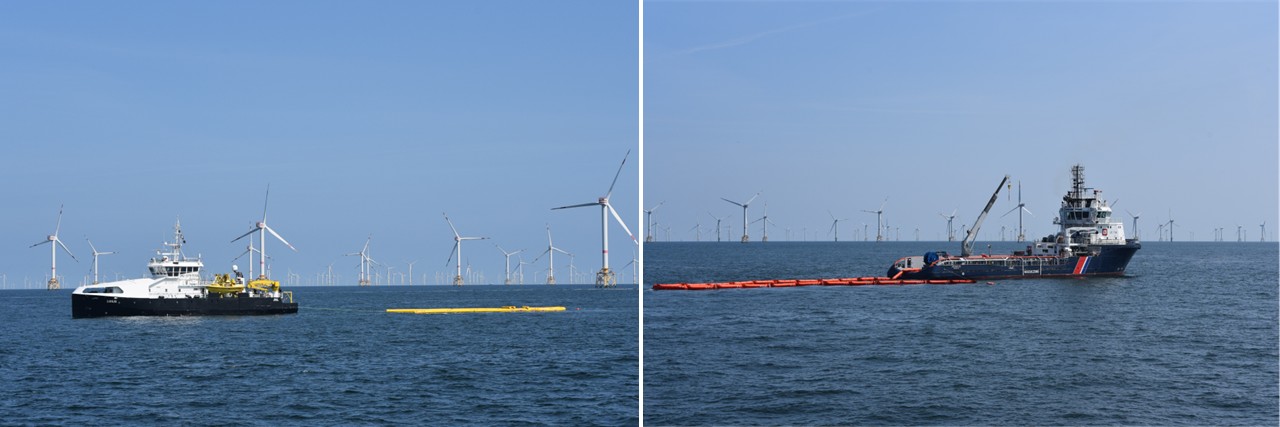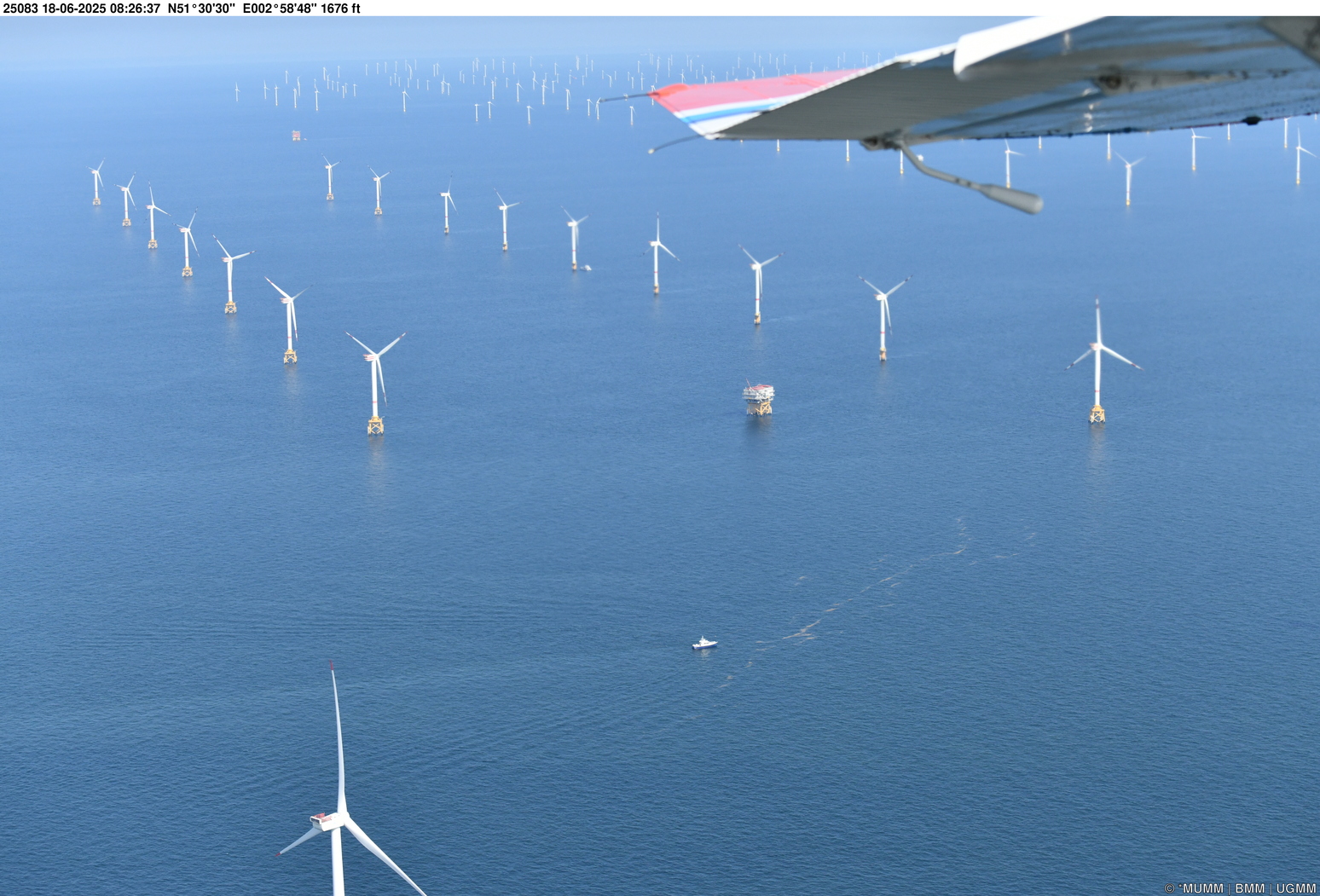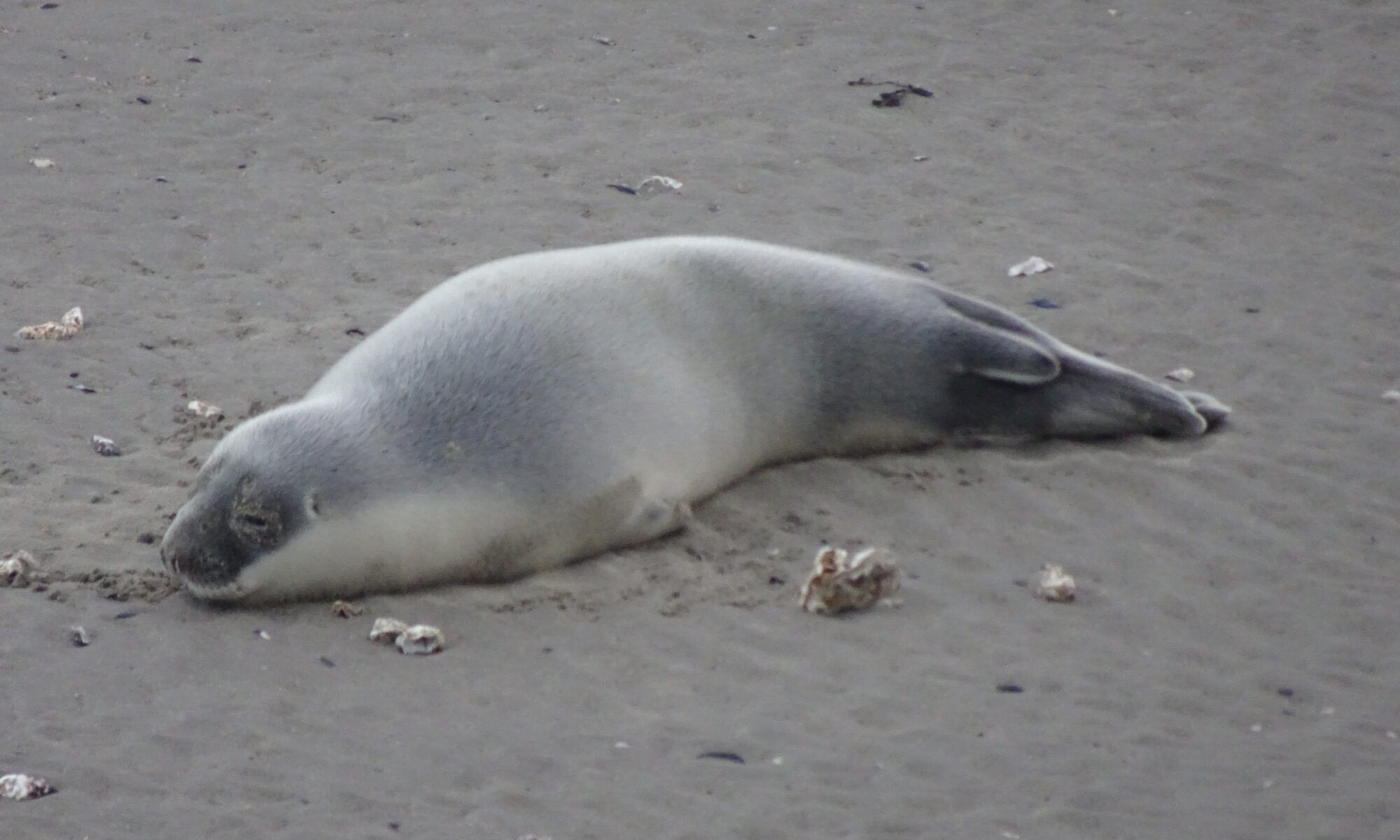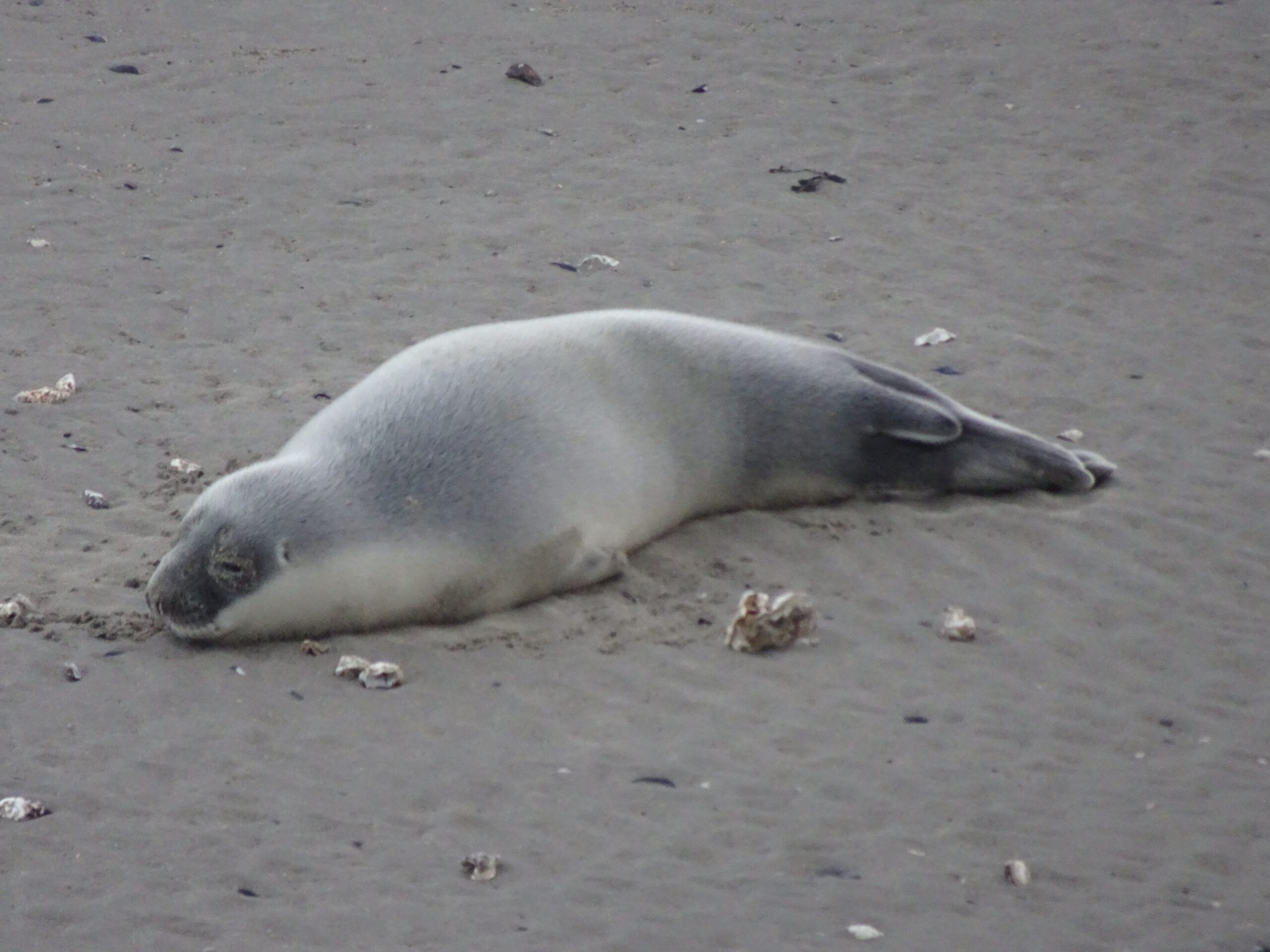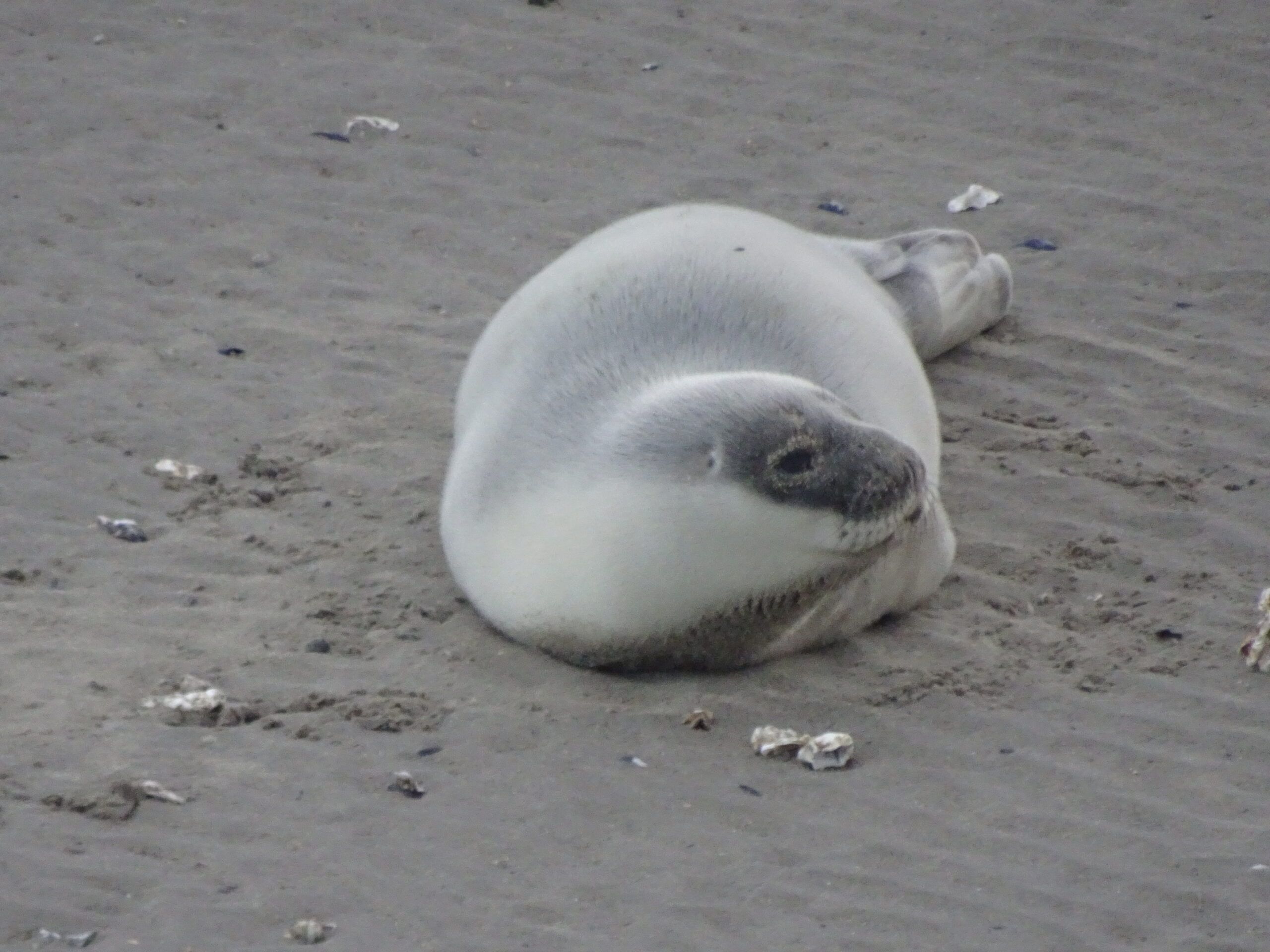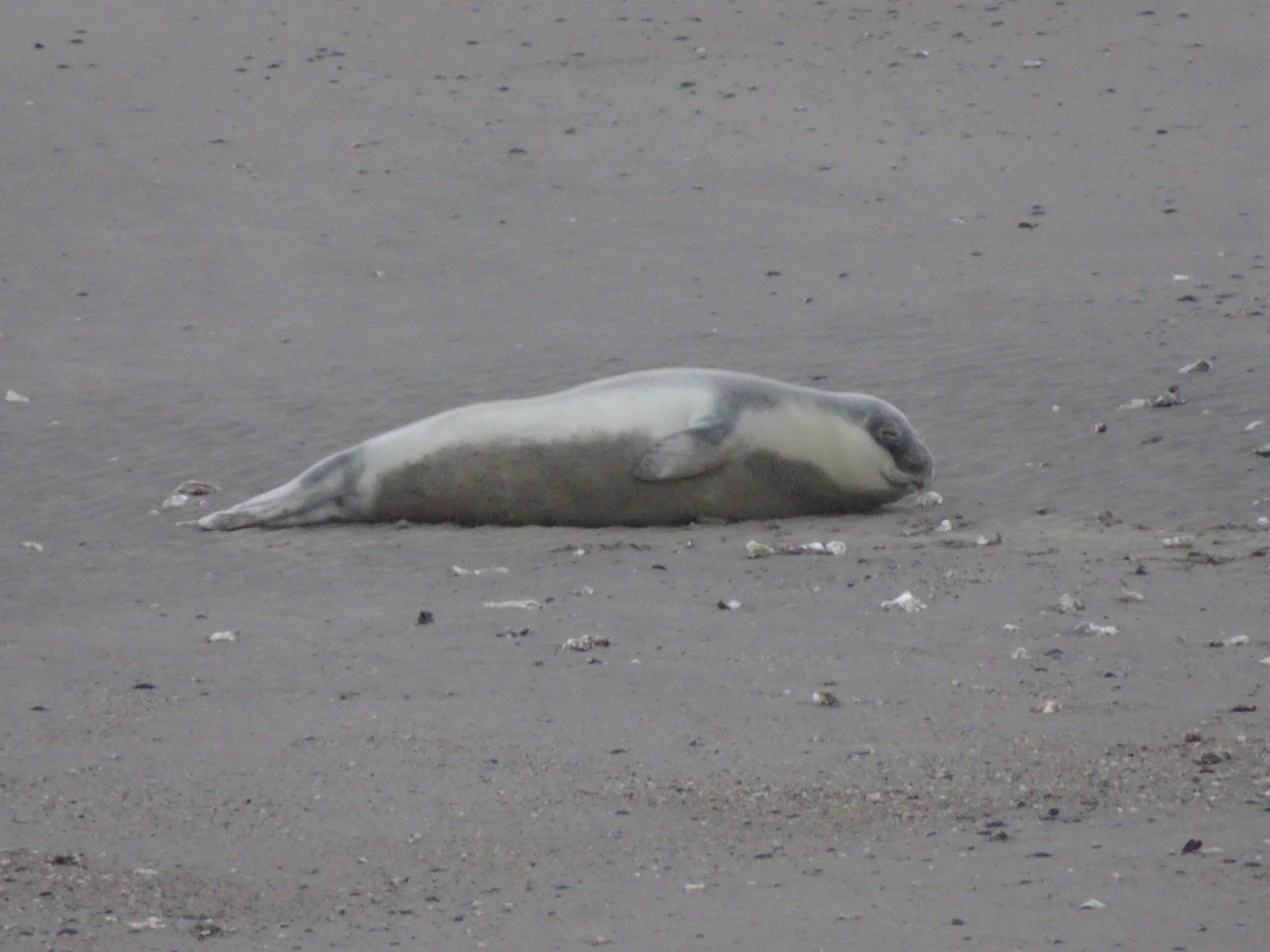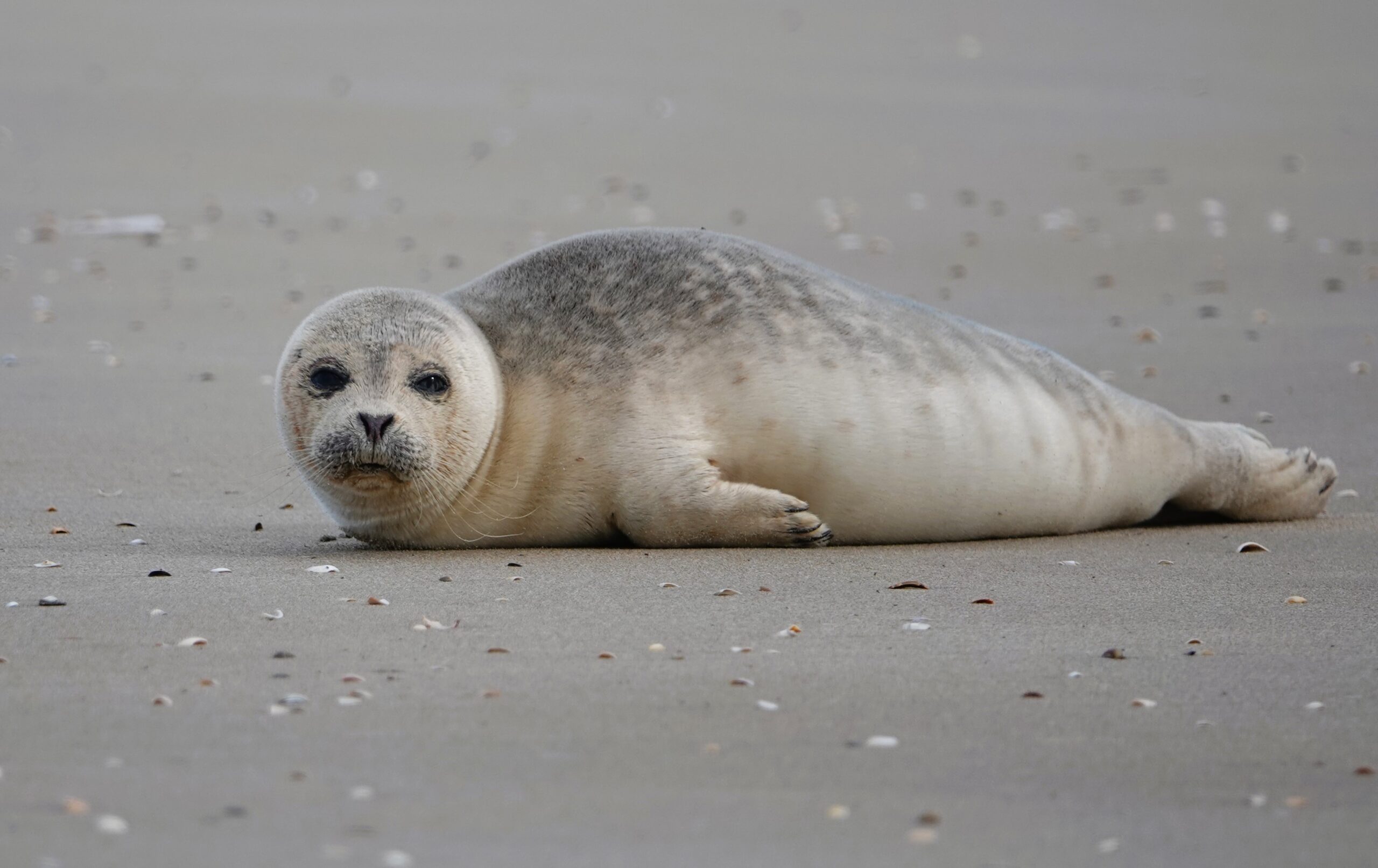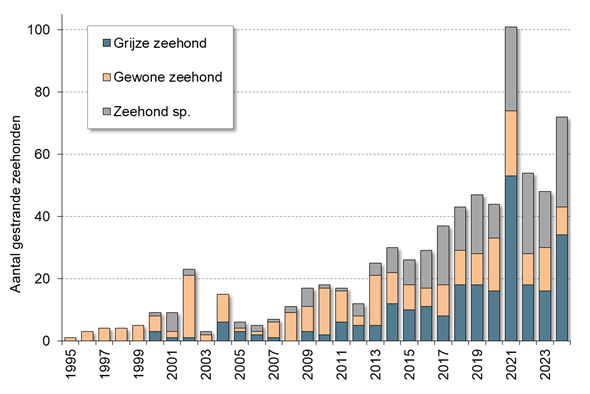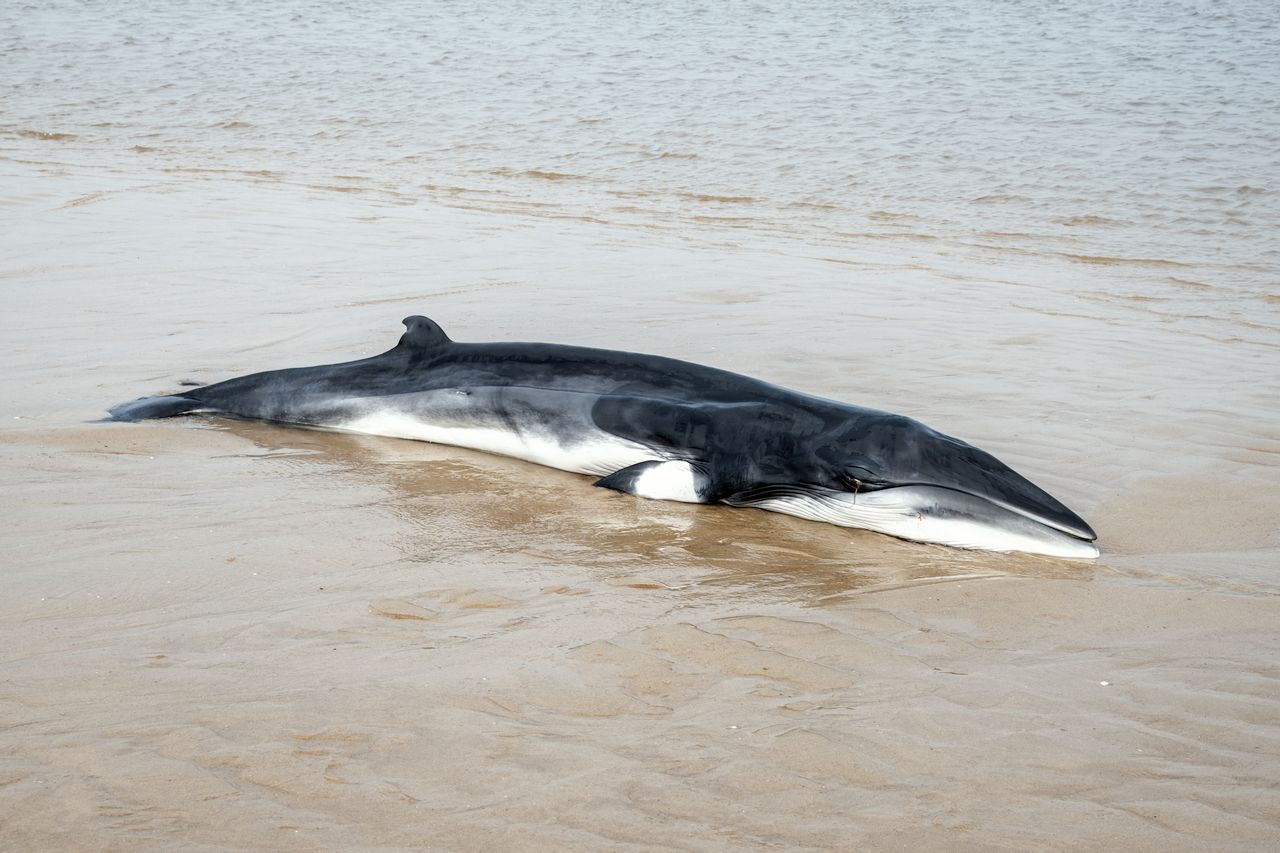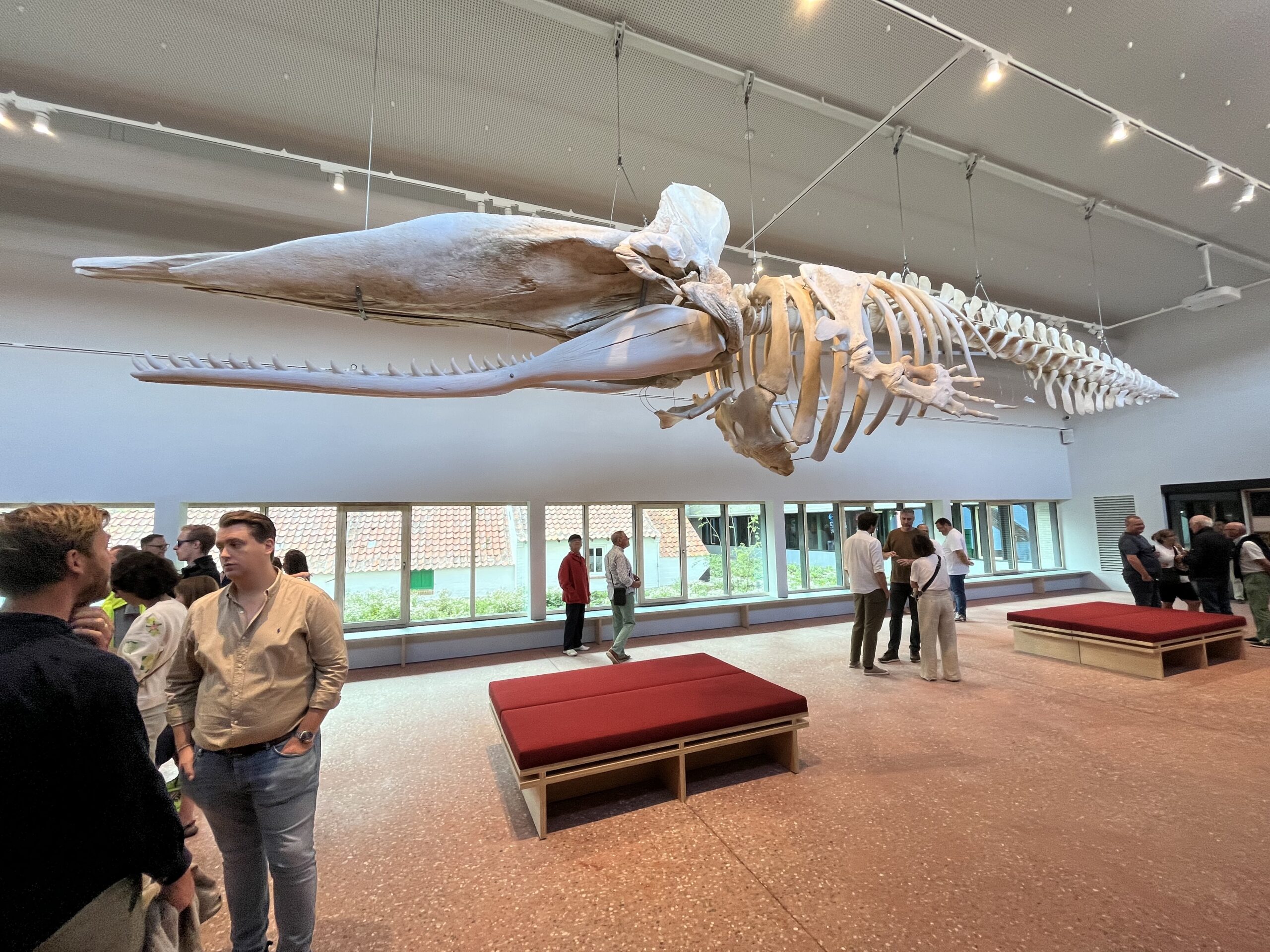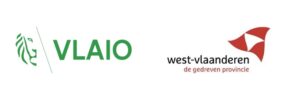On December 9th, the tenth anniversary of the Belgian branch of the European Marine Biological Resource Centre was celebrated at the Institute of Natural Sciences. Over the past decade, the initiative has significantly strengthened access to high-quality research infra-structure, expertise, and international collaborations. The anniversary day provided the ideal opportunity to reflect on this impact and to set a course for the coming years, emphasizing collaboration, sustainability, and scientific innovation.
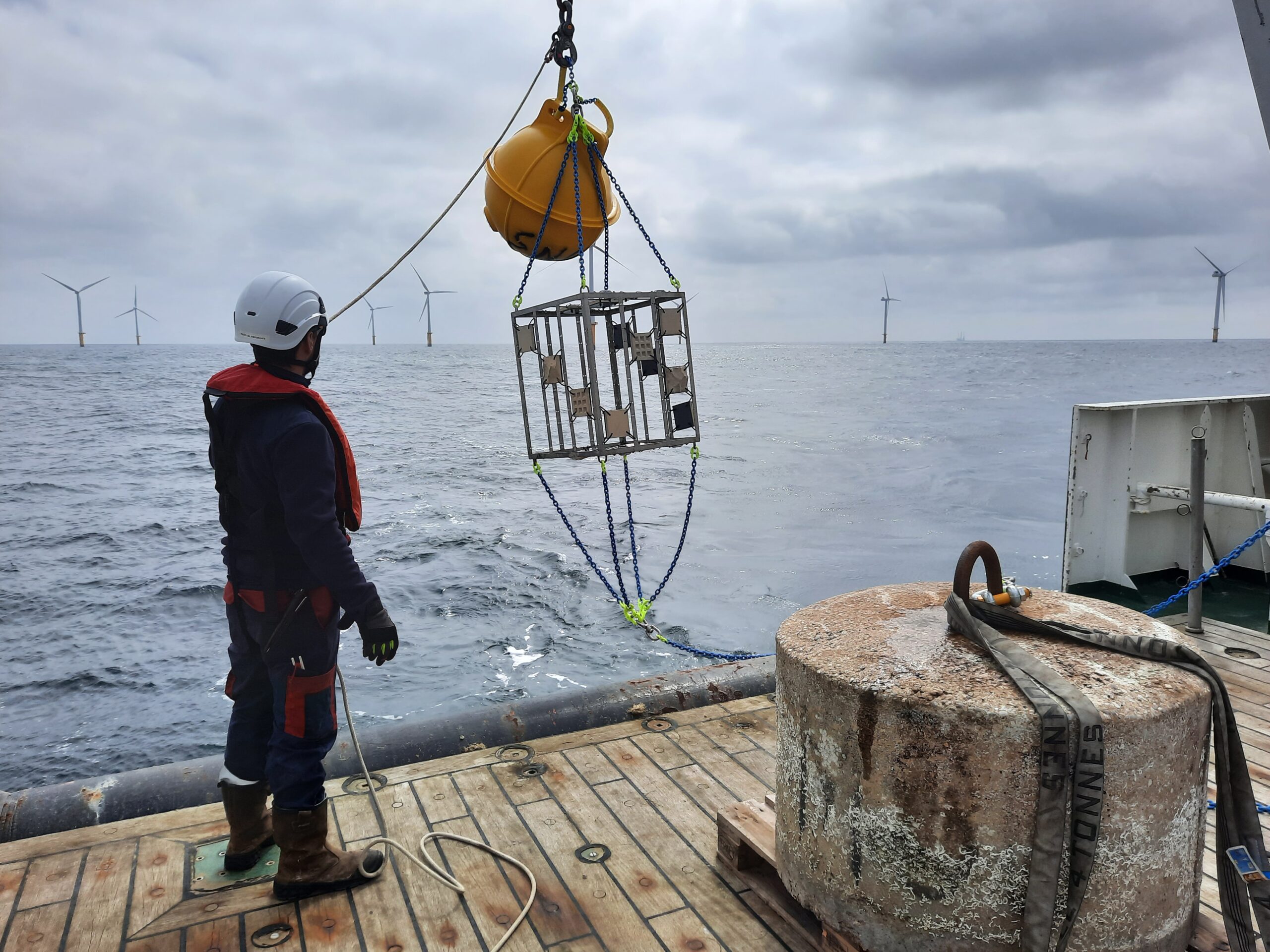
The Belgian branch of the European Marine Biological Resource Centre (EMBRC-BE) looked back on ten years of work on Tuesday, December 9, 2025. EMBRC-BE is part of the pan-European research network EMBRC-ERIC (European Research Infrastructure Consortium), which aims to increase our knowledge of the biodiversity and functioning of European coastal seas. EMBRC-ERIC supports and streamlines marine research throughout Europe by providing researchers with access to highly equipped laboratories in marine stations and research institutions.
The marine environment covers 71% of our planet’s surface and is crucial for all life on Earth and a wide range of human activities. Seas and oceans produce approximately half of all the oxygen we breathe. They store large amounts of CO2, thus buffering the effects of climate change. At the same time, they are a source of food, energy, and employment for millions of people worldwide.
“The marine environment is also increasingly being used as a location for renewable energy production or aquaculture. It’s therefore crucial to fully understand how the marine ecosystem works and how we can sustainably use marine resources,” explains Jan Vanaverbeke of the Institute of Natural Sciences and Ghent University, who was involved in launching EMBRC-BE.
Marine research remains a challenge
However, researching the marine ecosystem is no easy task. Access to the sea is not always straightforward, and the specialized instruments required are often expensive and difficult for many research groups to obtain. EMBRC Belgium helps remove these barriers. The consortium combines the strengths of Belgian marine research institutions and makes high-quality infrastructure and expertise accessible to anyone who wants to conduct research on or with marine organisms.
“This way, excellent science is not hampered by practical concerns, and potentially groundbreaking research is not hindered by local constraints,” says European EMBRC Director Nicolas Pade, who has come to the celebration at the Institute of Natural Sciences for the tenth anniversary of the Belgian branch.

EMBRC Belgium sets a course for the future
Since 2025, Marleen De Troch (Ghent University) has been at the helm of the Belgian hub as its new director. Her ambitions for the coming years are clear: further promoting collaboration between research groups, supporting young researchers, and strengthening the bridge between science, policy, and the blue economy.
Marleen De Troch: “This funding makes a significant difference. We support important Belgian innovation areas in the blue economy, ecology, and nature conservation, such as the development of floating solar panels, sustainable aquaculture, and oyster reef restoration. EMBRC-BE’s scientific services have also led to more than 300 scientific publications over the past ten years.”
The ever-expanding expertise and resulting international reputation of the Belgian marine scientific community have also allowed Belgian researchers to participate in 40 European research projects. This way, a significant amount of funding flows back to our research institutions.
“Our goal remains the same: lowering barriers, encouraging collaboration, and strengthening marine research in Belgium. We also want to focus even more on innovation, knowledge sharing, and sustainability over the next ten years,” concludes De Troch.
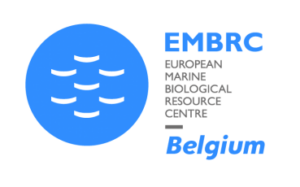 EMBRC-Belgium is a collaboration between various research groups from Ghent University, the Flanders Marine Institute (VLIZ), Hasselt University, KU Leuven, and the Institute of Natural Sciences, and is funded by Flemish and federal research funds. Within this EMBRC collaboration, the Institute of Natural Sciences strengthens the consortium with its monitoring activities and specialized research on artificial reefs.
EMBRC-Belgium is a collaboration between various research groups from Ghent University, the Flanders Marine Institute (VLIZ), Hasselt University, KU Leuven, and the Institute of Natural Sciences, and is funded by Flemish and federal research funds. Within this EMBRC collaboration, the Institute of Natural Sciences strengthens the consortium with its monitoring activities and specialized research on artificial reefs.

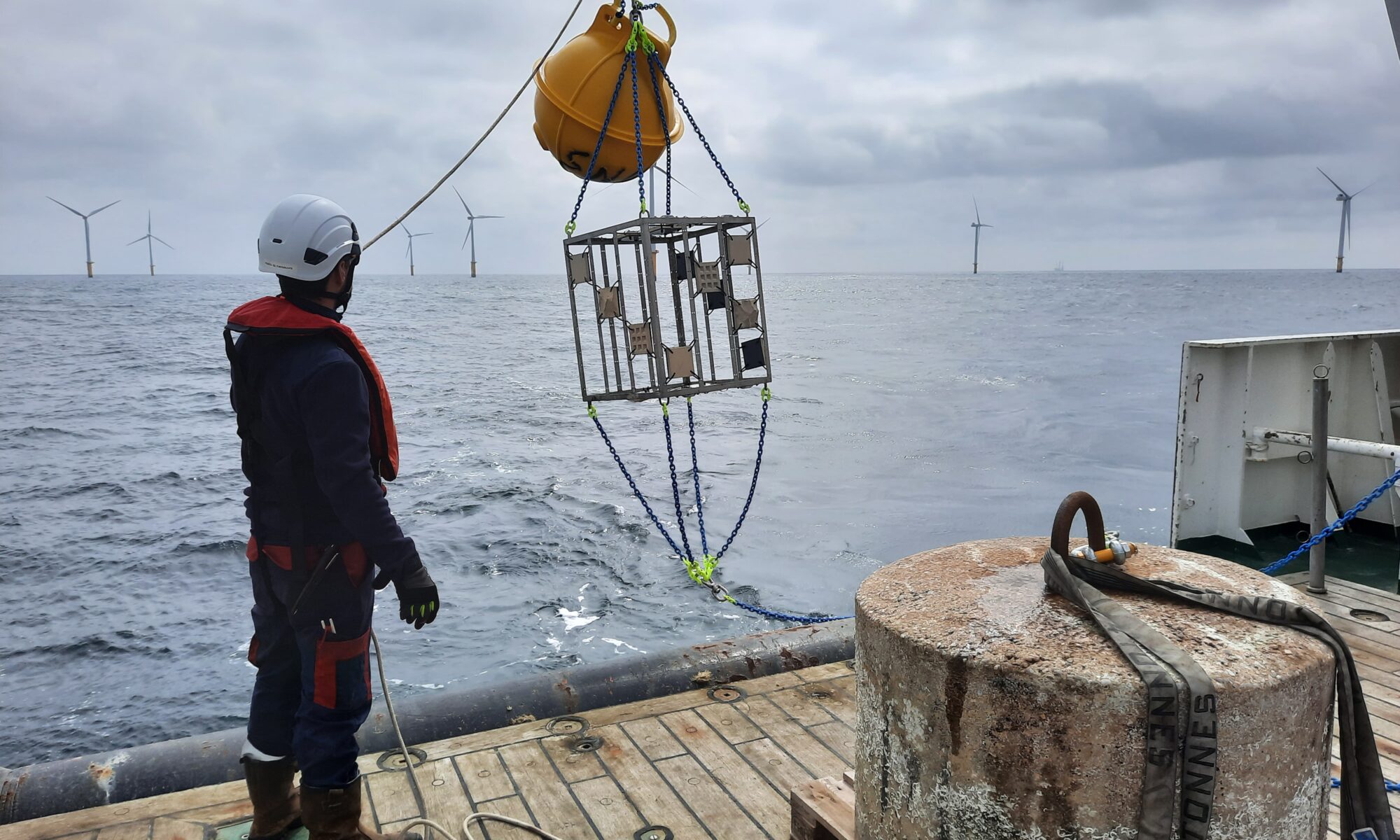
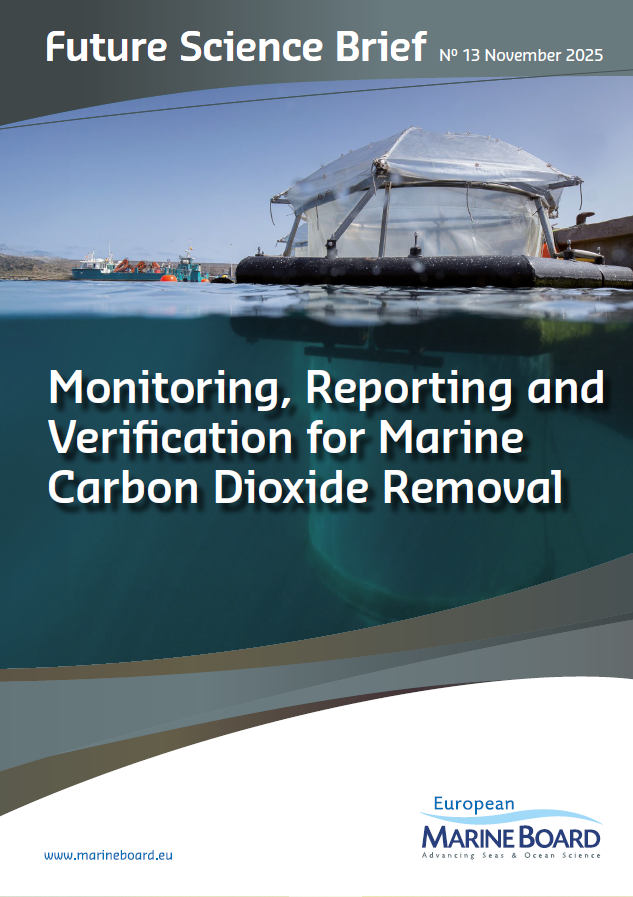
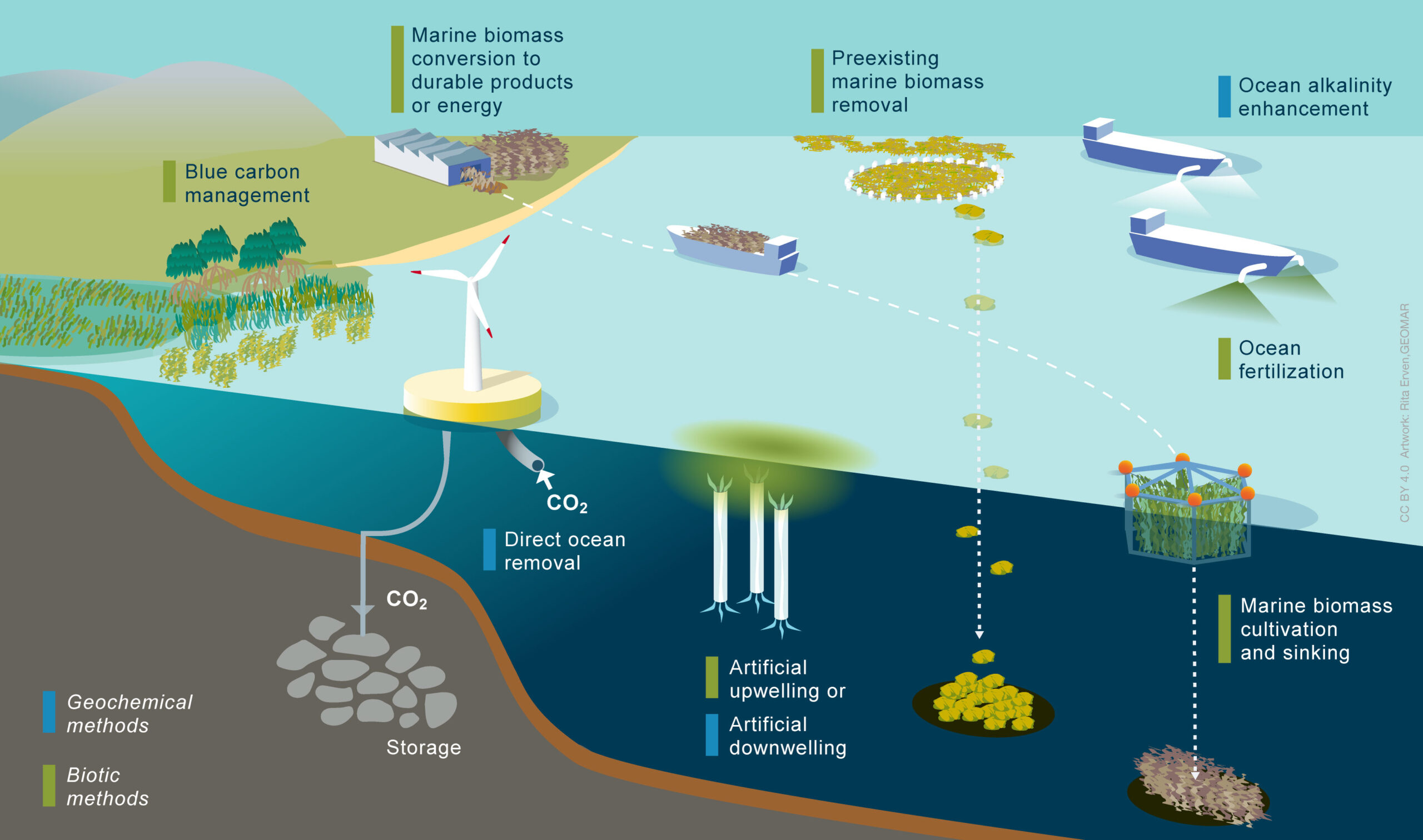
 Monitoring, reporting and verification (MRV) is a structured process to collect, disclose and independently verify data on mCDR activities. The process includes quantifying CO2 removals, durability, uncertainties and environmental impacts. Going forwards, science-based guidance to develop these robust, transparent and scientific MRV frameworks for mCDR is needed.
Monitoring, reporting and verification (MRV) is a structured process to collect, disclose and independently verify data on mCDR activities. The process includes quantifying CO2 removals, durability, uncertainties and environmental impacts. Going forwards, science-based guidance to develop these robust, transparent and scientific MRV frameworks for mCDR is needed.